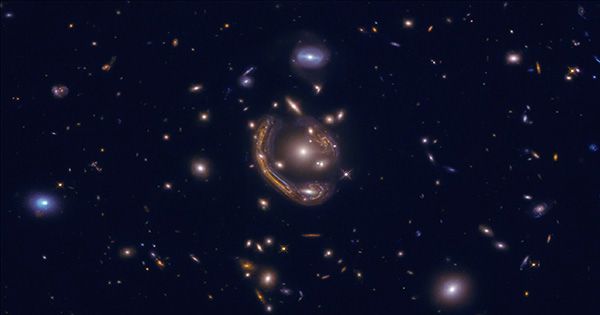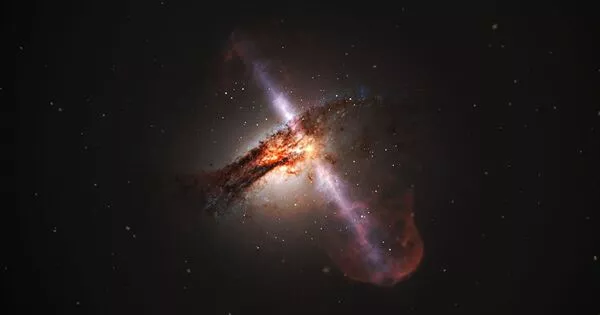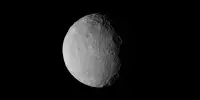A galaxy is an enormous cluster of stars, gas, and dust that is held together by gravity. Galaxies are also enormous, with a diameter measured in billions of billions of kilometers.
We should start by taking a closer look at our own Milky Way galaxy in order to fully comprehend what a galaxy is.
In the Milky Way galaxy, which contains billions of other stars, our Sun is merely one star among many. The Sun orbits the Milky Way’s center in a manner similar to how the Earth orbits the Sun.
The Milky Way is made up of all the visible stars as we look up at the night sky. A thin, hazy ring of stars and light may have caught your eye if you were outside on an exceptionally clear, dark night. This is the inside-out image of the Milky Way galaxy. Our galaxy is shaped like a narrow disk, and we are viewing the edge of the disk, so we perceive a thin line.

The galactic core can be seen as a brighter area if we turn our gaze toward the center of this disk. The core’s stars are clustered much closer together and take on the appearance of a ball from the disk’s top and bottom.
By charting the locations and velocities of the Milky Way’s stars, we can begin to create an image of what our galaxy might appear like if we could observe the disk from above. A circle would be the overall shape.
Given that these stars are cooler, we would be able to glimpse their luminous core, which would seem reddish-yellow. A number of spiral arms, which are bluish in color because they contain hotter stars, would wind out from that core. The Milky Way might resemble a whirlpool somewhat.
Beyond the Milky Way: Because there are many other galaxies in the cosmos that resemble our Milky Way, astronomers are convinced that it contains spiral arms. The majority of galaxies with narrow disks like our Milky Way also feature spiraling spiral arms. We refer to these as spiral galaxies.
However, not all galaxies have this appearance. Other galaxies in the universe that we can see have the appearance of being smooth, fuzzy ovals of light, like something between a basketball and a rugby ball. These objects, which we refer to as elliptical galaxies, are primarily composed of cooler, redder stars. There are galaxies that have no discernible shape at all. They are referred to as irregular galaxies.
It’s actually quite challenging to calculate how many galaxies there are in the universe. Even with the most powerful telescopes, many galaxies are too faint or tiny for us to easily view. However, astronomers managed to figure this out with a creative method. For 11.3 days, astronomers directed the Hubble space telescope at a small area of the sky to gather light from close and far-off galaxies.
There were about 10,000 galaxies in this small area of the sky, all varying in size and shape. Astronomers estimated that there are between 100 and 200 billion galaxies by multiplying this figure by how many times this tiny area of the sky would fit into the entire sky. But as we learn more about our cosmos in the future, this number will almost certainly shift.














